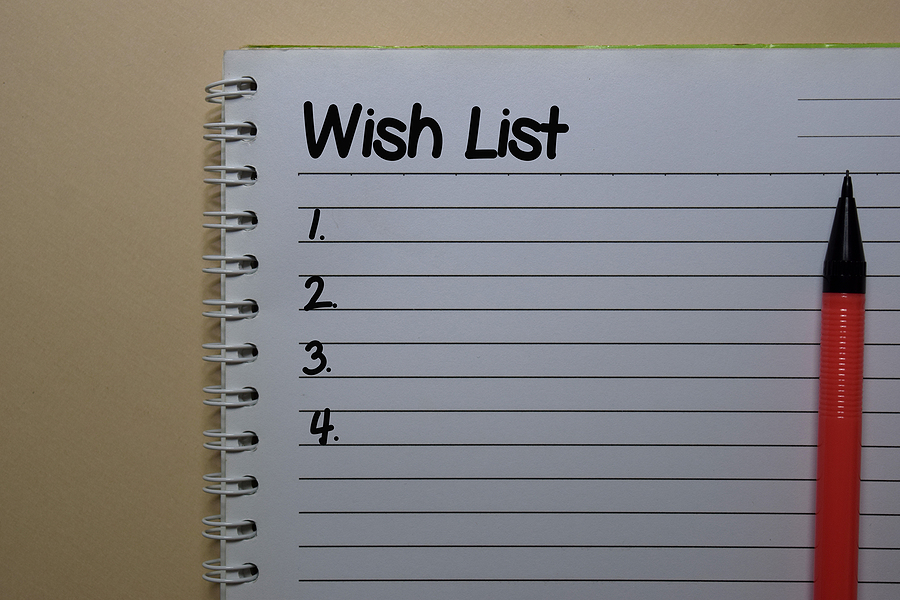From Day One as a big, important literary agent, the least favorite part of my job—by far—has been saying no. It’s the worst. And it makes me feel like I’m the worst. Feel sorry for me yet?
Seriously, the process of reviewing one submission after another, expecting to find one shining sterling silver needle in the overwhelming haystack, is a sure way to bring down my spirits. I try to respond to every submission, though it takes a lot of time to do so, on top of the already-time-consuming task of reading far enough into a submission to discern each one’s relative value. I even try, when possible, to explain and even encourage and guide those who submit to me, though of course I can’t do so in every instance.
But this is another case of those who read this blog getting a jump on everyone else, because in a recent round of reviews (and, alas, rejections), I noted briefly why I said a polite (I hope) “no thank you.” Admittedly, this is a random sample. It’s only one day, only one round of reviews. And (alas and alack), it was a group of submissions in which there was no proposal that made me think, This could work, with a few changes and improvements. That does happen, though it doesn’t always lead to me offering representation.
Still, I offer the following unscientific list of twenty-six submissions that came through my inbox and the reason or reasons for rejection:
- This wasn’t a distinctly Christian book.
- I don’t “publicize,” “promote,” or represent a previously published work.
- I don’t represent that genre.
- This wasn’t an appropriate book for the Christian market.
- Much I liked, but the topic wouldn’t be received well in the Christian market.
- This wasn’t a distinctly Christian book.
- The author’s fiction skills need work.
- Interesting, but much too-modest a platform.
- Meh. This just didn’t do anything for me.
- No Christian content.
- This author’s claims were hyperbolic … or borderline insane.
- An unoriginal idea and unpublishable length.
- This was thoroughly unprofessional in presentation.
- I don’t represent this genre.
- Another not-distinctly-Christian book.
- The author’s fiction skills need work.
- Too “niche-y.”
- This was a full manuscript, not a proposal; I consider only full proposals (and reiterated that to this writer in case he/she cares to resubmit).
- Too “niche-y.”
- This was a query, not a proposal (again, alerted this writer to that in case he/she cares to resubmit).
- Meh.
- Not a book that would be well received in the Christian market.
- This one contained theologically questionable concepts.
- This was a book that ignored the requirements of the genre.
- Another book that showed little knowledge of the genre.
- Meh.
I hope this list doesn’t make me seem like a horrible person. I’m mostly not. But it’s not an atypical overview. And, keep in mind, the above list reflects the reason I felt confident declining at the moment I made my decision; it’s quite possible I would’ve found other reasons for rejection if I’d continued reading further. And it’s also possible (but much less likely) that I may have found some reason to continue the discussion or even offer representation if I’d read further, in which case, oh well, it’s my loss.
My hope in sharing this list is to shed some light and open some eyes. Not so much on my terrible, horrible, no good, very bad life as a literary agent (though I will accept condolence cards and gifts), but on the all-too-common reasons we writers sometimes make our jobs more difficult than they have to be, and the all-too-common reasons agents (and editors) say “no thank you.” And if that helps to prevent and overcome such missteps among this blog’s readers, then “Callooh! Callay!” it will have been worth the extra effort.











